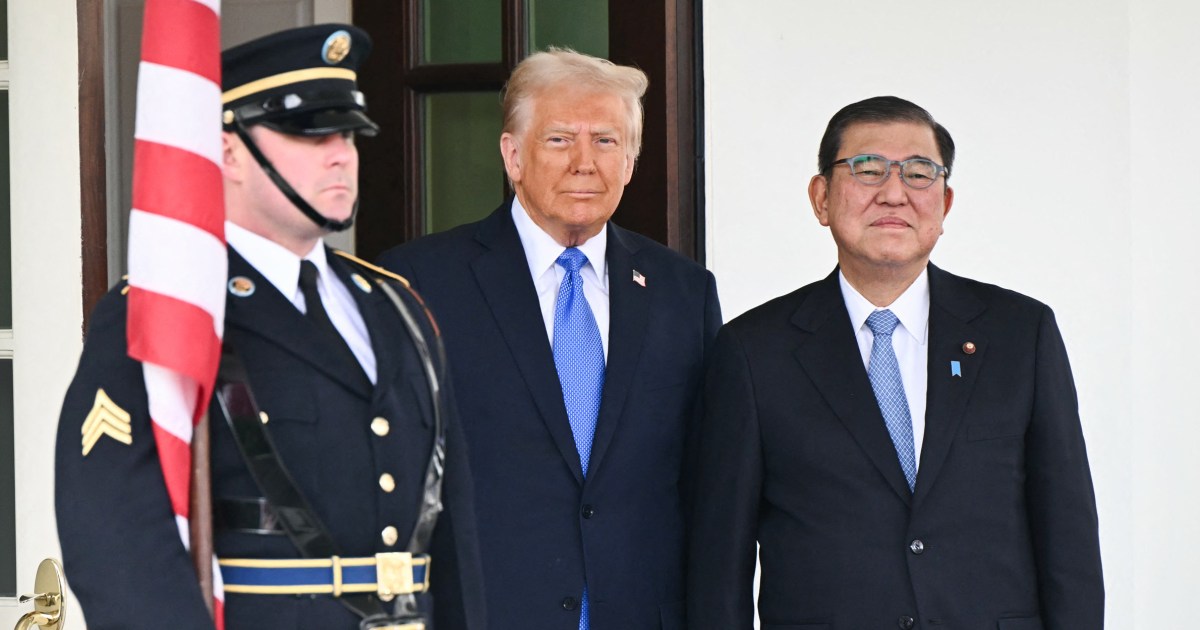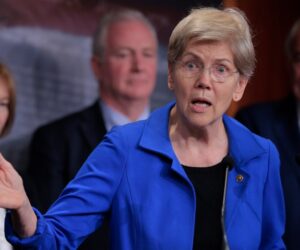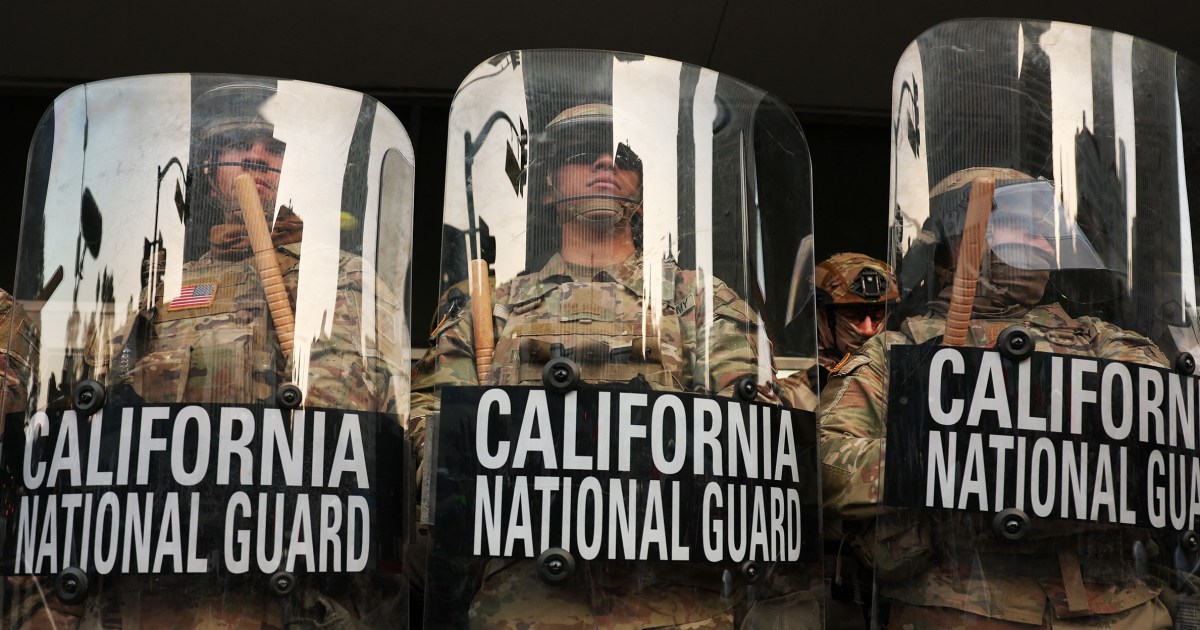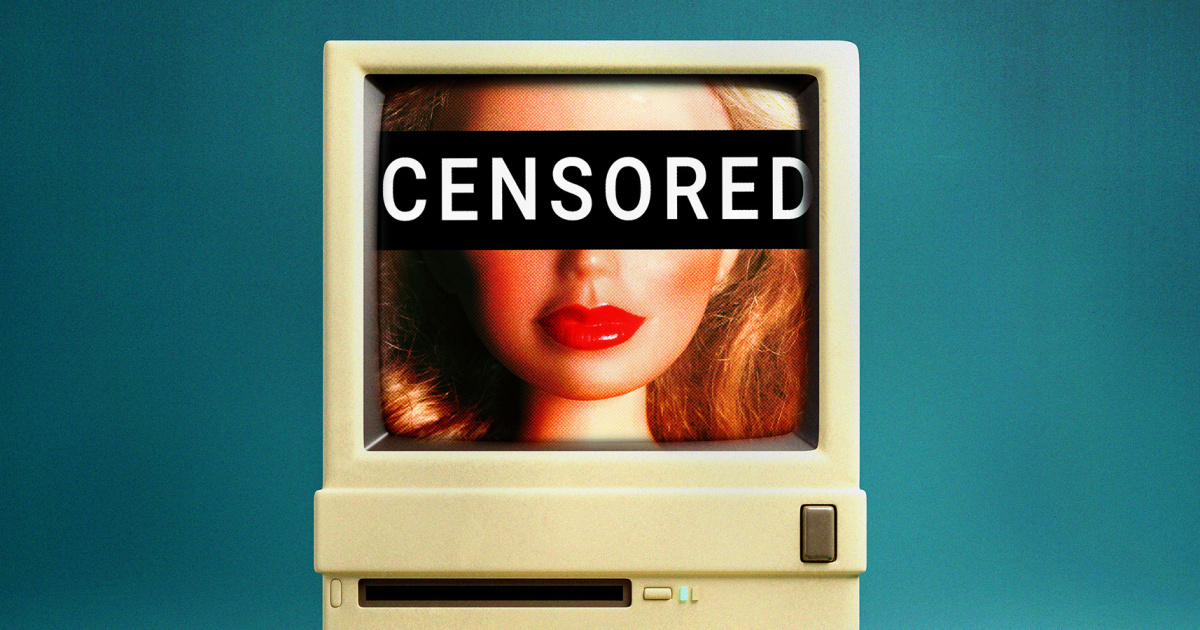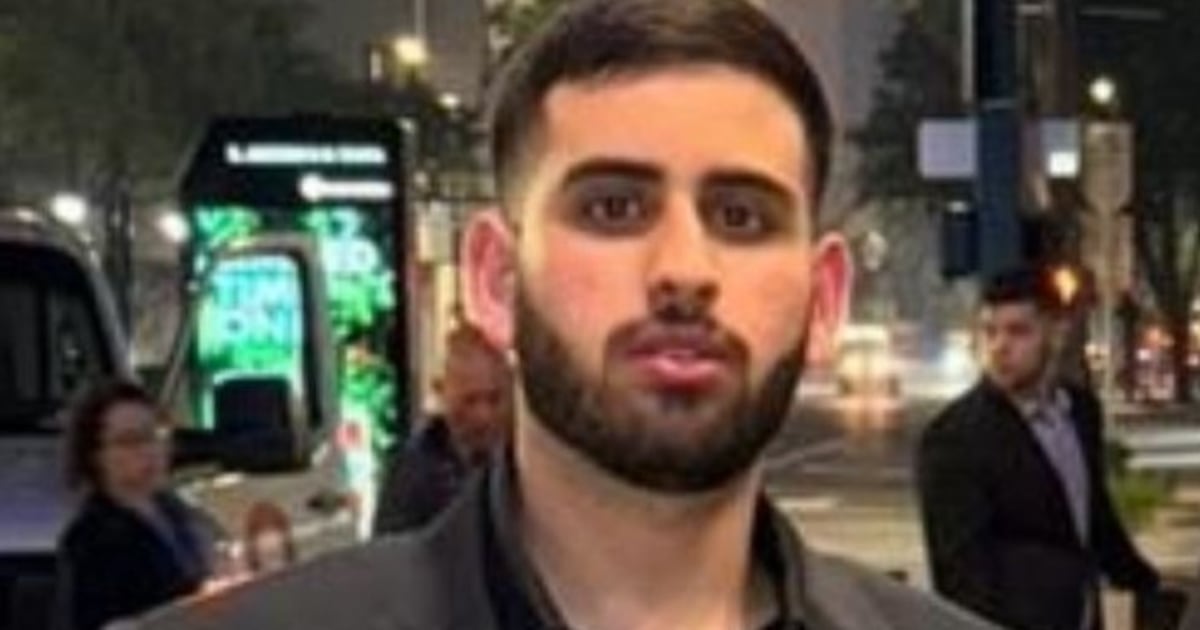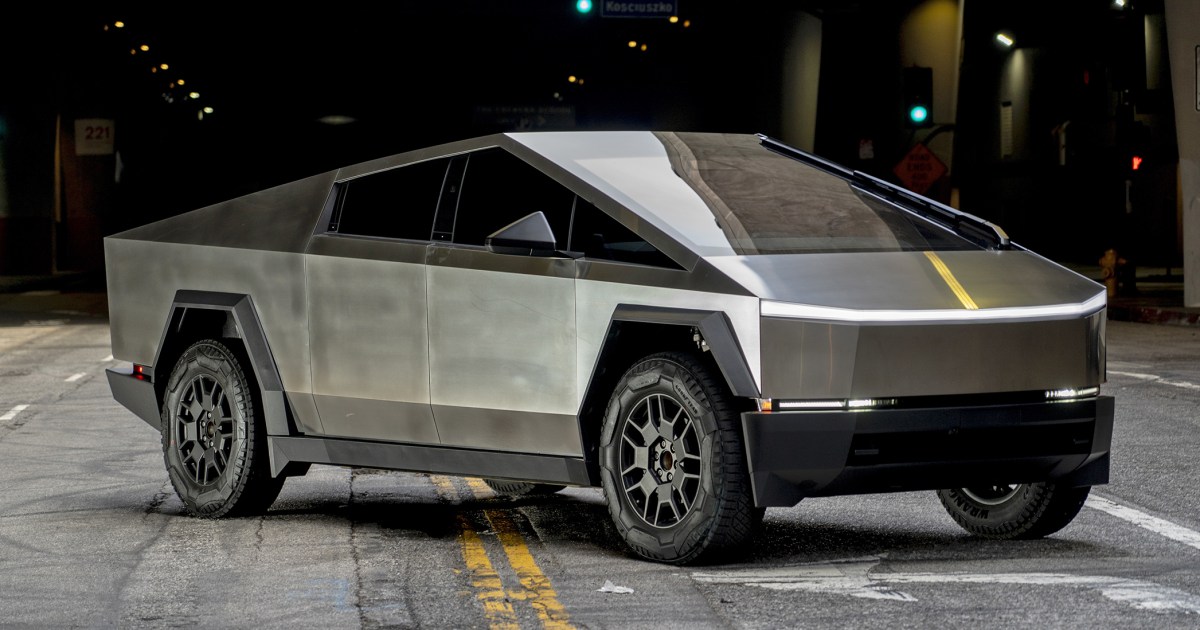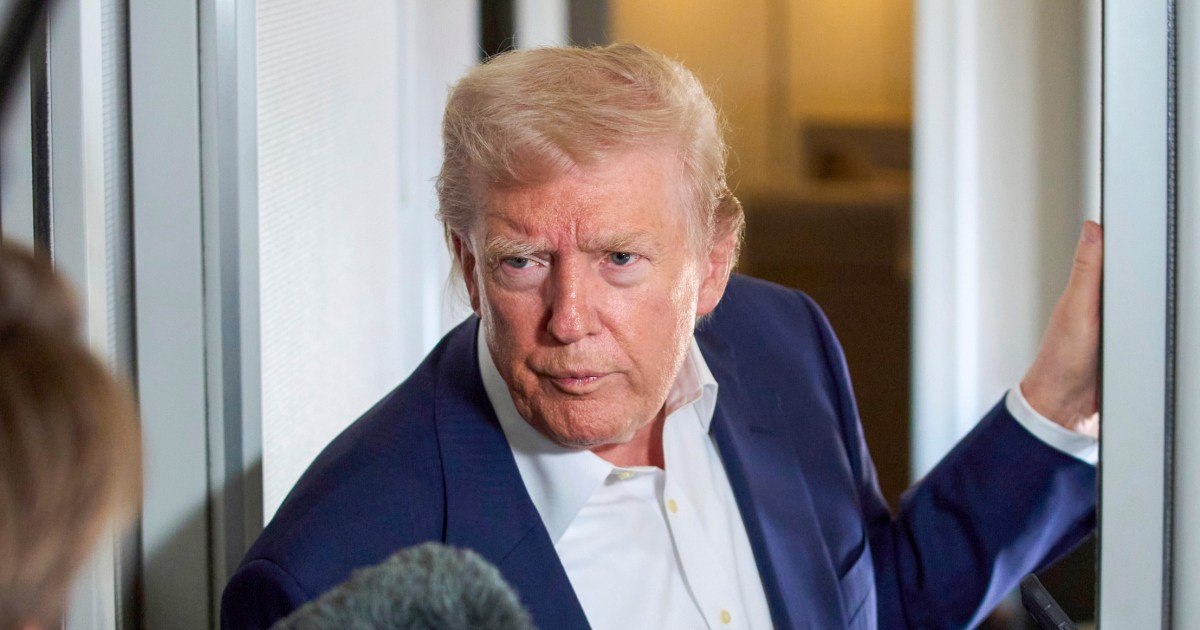President Donald Trump said Tuesday on Truth Social that his administration had reached a deal with Japan, one of the largest U.S. trading partners, to lower its tariff rate to 15% as part of a sweeping trade agreement.
That rate is lower than the 24% that Trump threatened Japan with on April 2 and the 25% he said he would hit Japanese imports with in a letter on July 7. Before Trump’s current term, the effective U.S. tariff rate on Japanese imports was less than 2%, according to World Bank data.
Japan’s Foreign Affairs Ministry did not immediately respond to a request for comment about the details of the agreement.
Aug. 1 is the latest deadline Trump has imposed on countries to make deals to avoid tariff rates that Trump himself had set in dozens of letters he fired off on social media. Even though that deadline had been delayed before, Treasury Secretary Scott Bessent said Tuesday on Fox Business Network that it was a “pretty hard deadline.”
Since Trump’s so-called Liberation Day on April 2, the administration has yet to strike any formal trade deals, instead signing a handful of framework deals that can be turned into fully fledged deals later.
Japan has been furiously trying to avoid as much of a hit from Trump’s global tariffs as possible. Japan’s lead trade negotiator has visited the United States at least eight times, most recently Monday, when he met with Commerce Secretary Howard Lutnick for more than two hours.
As part of the agreement, Trump said Japan would “invest, at my direction, $550 Billion Dollars into the United States, which will receive 90% of the Profits.” It was unclear how such an investment would work.
Trump touted the announcement at an event with congressional Republicans later Tuesday, saying the tariffs “kicked in better than anybody other than me and a few of the people in the room thought could happen.”
He added that Japan would form a joint venture with the United States related to liquefied natural gas in Alaska.
Japan was the fifth-biggest source of U.S. imports last year, with American consumers and companies buying nearly $150 billion of goods from the country, according to Commerce Department data.
The talks with Japan came at a tough time politically for Japan’s government. Prime Minister Shigeru Ishiba’s ruling party recently lost both houses of parliament. Ishiba pledged to stay on as leader, in part to address economic headwinds.
Trump had recently downplayed the chances of an agreement with Japan.
“The Japanese are tough, but ultimately you have to understand we’re just going to send a letter saying, ‘This is what you’re going to pay, otherwise you don’t have to do business with us.’ But there’s a chance,” he said June 16.
In May, Trump approved a long-delayed takeover of U.S. Steel by Japan’s Nippon Steel. As part of the deal, Nippon agreed to create at least 70,000 jobs through a $14 billion investment, according to both companies and the White House. The companies later upped that to 100,000 jobs but clarified that the additions included “direct, indirect, and induced jobs.”

